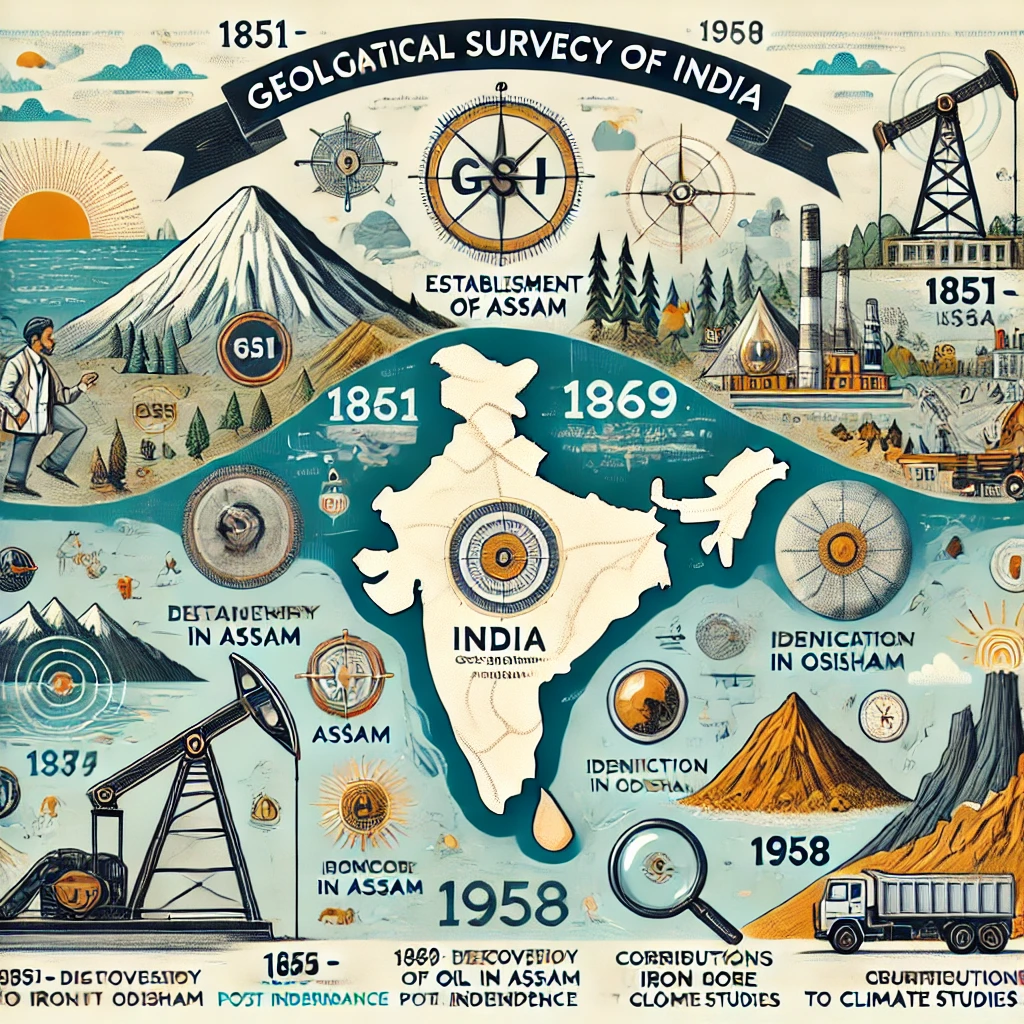What is the 10° Channel? Why is the 10° Channel Named So?
The 10° Channel gets its name because it is located near the 10° latitude north of the equator. This channel separates the Andaman Islands (to the north) from the Nicobar Islands (to the south), both of which are part of the Indian Union Territory of Andaman and Nicobar Islands.
Physical and Geographical Importance of the 10° Channel
- Strategic Location:
- The 10° Channel lies in the Bay of Bengal, making it a critical passage in the Indian Ocean region.
- It serves as a key maritime route for global trade, connecting the Malacca Strait and South China Sea with the Indian Ocean and Western Asia.
- Separation of Ecosystems:
- The channel marks a natural divide between the Andaman Islands and Nicobar Islands, both of which have distinct ecosystems and biodiversity.
- Depth and Navigation:
- The channel is deep and wide, allowing the safe passage of large ships, which is crucial for international shipping and India’s trade connectivity.
- Biodiversity Hotspot:
- The waters around the 10° Channel are rich in marine biodiversity, supporting coral reefs, fish species, and other aquatic life. It contributes to the ecological balance of the Bay of Bengal.
- Exclusive Economic Zone (EEZ):
- India’s EEZ extends around the Andaman and Nicobar Islands, including the 10° Channel. This gives India access to marine resources such as fisheries, oil, and gas reserves.
- Strategic Defense Importance:
- The Indian government uses the region, including the 10° Channel, for naval exercises and monitoring movements in the Indian Ocean, ensuring security in the region.
- It plays a role in safeguarding the eastern coastline of India.
- Tourism and Research:
- The Andaman and Nicobar Islands, flanking the channel, are popular tourist destinations. The region is also significant for oceanographic research.
- Geographical Boundary:
- The 10° Channel forms part of the boundary between South Asia (Indian subcontinent) and Southeast Asia, contributing to geopolitical discussions.
Key Points for Exams
- Name Origin: Located near the 10° North latitude.
- Separation: Divides Andaman Islands from Nicobar Islands.
- Navigation: Important for global maritime trade routes.
- Defense: Strategic for India’s naval security.
- Resources: Rich in marine resources within India’s EEZ.
- Ecosystem: Vital for the biodiversity of the Bay of Bengal.
This channel is significant not only for its geographical positioning but also for its role in regional and global geopolitics, trade, and conservation efforts.
Channels in and Around India

- 10° Channel
- Location: Separates the Andaman Islands and Nicobar Islands.
- Significance: Major trade route, ecological and defense importance.
- 8° Channel (Eight Degree Channel)
- Location: Between the Lakshadweep Islands (India) and the Maldives.
- Significance: A crucial passage for shipping in the Arabian Sea and a strategic region for India.
- 9° Channel (Nine Degree Channel)
- Location: Between Minicoy Island (Lakshadweep) and the Maldives.
- Significance: Important for maritime trade and connectivity in the Indian Ocean.
- Palk Strait
- Location: Between Tamil Nadu (India) and Sri Lanka.
- Significance: Shallow and narrow; an important cultural and historical link.
- Duncan Passage
- Location: Between South Andaman Island and Little Andaman Island.
- Significance: Part of the Andaman and Nicobar archipelago, important for local navigation.
Famous International Channels
- English Channel
- Location: Between England and France, connecting the Atlantic Ocean and the North Sea.
- Significance: A major trade and travel route in Europe.
- Mozambique Channel
- Location: Between Madagascar and the African mainland (Mozambique).
- Significance: Strategically important for shipping routes to and from the Cape of Good Hope.
- Malacca Strait
- Location: Between Malaysia and Sumatra (Indonesia).
- Significance: One of the world’s busiest shipping lanes, connecting the Indian Ocean and the Pacific Ocean.
- Sunda Strait
- Location: Between Java and Sumatra in Indonesia.
- Significance: Connects the Indian Ocean and the Java Sea; important for regional shipping.
- Lombok Strait
- Location: Between Bali and Lombok islands in Indonesia.
- Significance: Used as an alternative to the Malacca Strait for deep-draft vessels.
- Bering Strait
- Location: Between Russia and Alaska.
- Significance: Connects the Arctic Ocean and the Pacific Ocean; potential route due to Arctic ice melting.
- Gibraltar Strait
- Location: Between Spain and Morocco.
- Significance: Connects the Atlantic Ocean and the Mediterranean Sea; vital for trade and naval movement.
- Hormuz Strait
- Location: Between the Persian Gulf and the Gulf of Oman.
- Significance: A chokepoint for the world’s oil supply, extremely strategic.
- Bosporus Strait
- Location: In Turkey, connecting the Black Sea and the Sea of Marmara.
- Significance: Separates Europe from Asia and is a key route for trade and energy transportation.
- Bab-el-Mandeb Strait
- Location: Between the Red Sea and the Gulf of Aden.
- Significance: Vital for trade between Europe, Asia, and Africa.
- Kra Isthmus (Planned Canal)
- Location: In Thailand, linking the Gulf of Thailand with the Andaman Sea.
- Significance: Proposed canal to reduce reliance on the Malacca Strait.
Key Points for Exams
- Focus on location, separation, and strategic value of each channel.
- Emphasize global trade routes, biodiversity hotspots, and maritime defense significance.
- Some channels act as chokepoints for global oil and energy supplies (e.g., Hormuz, Bab-el-Mandeb).
- Channels like the English Channel and Gibraltar Strait are essential for European trade and naval movements.
These channels are critical for geography, geopolitics, and international relations.




One thought on “Why is the 10° Channel Named So? Channels in and Around India:-”